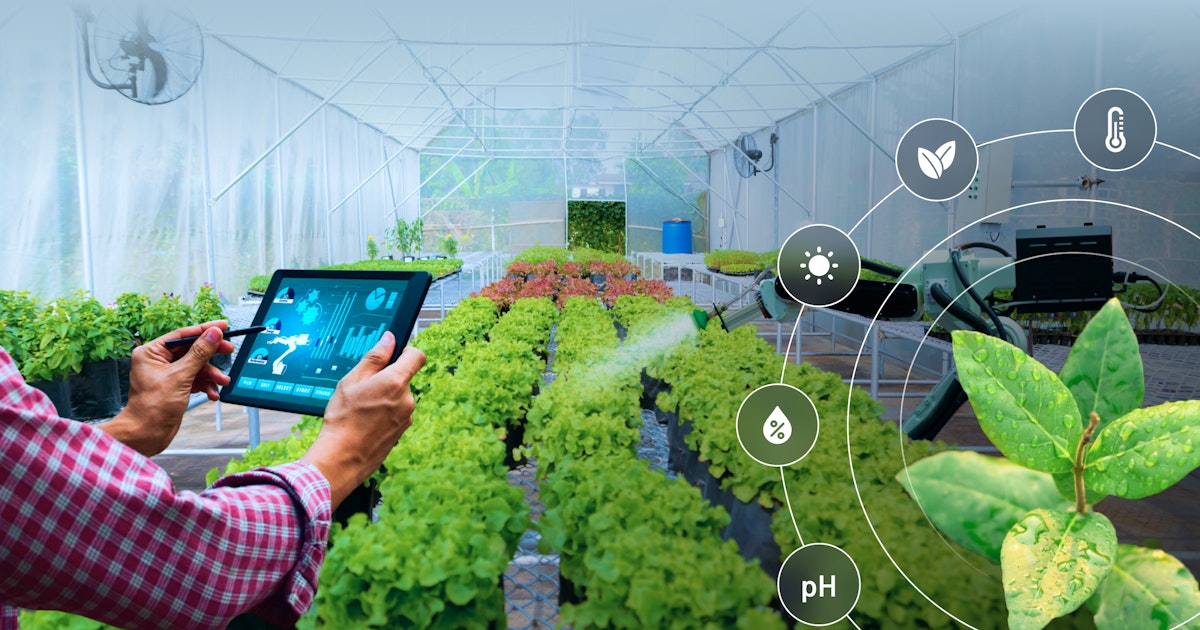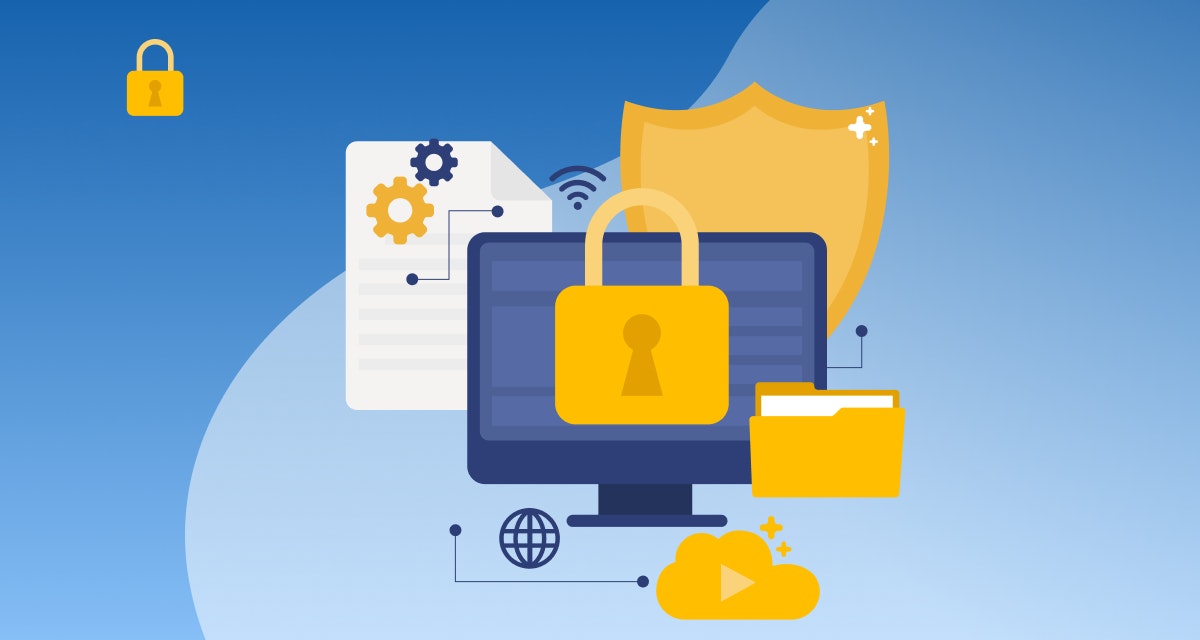If you look at all the connecting embedded systems around us, you will realize that IoT operating systems are key to ensuring a series of tasks such as security, connectivity, interoperability, networking, and storage. Raspbian Pi, Ubuntu Core, FreeRTOS, RIOT, Tizen, Micropython are some of the most popular operating systems for IoT devices. Let us explore a complete list of stellar technologies that can help support your IoT app development vision:
An operating system or OS is essentially the brain and central nervous system of any computing system, including smartphones, laptops, and servers. It is accessible on both open-source and commercial varieties.
The OS is responsible for managing an application’s software and hardware as it allocates all resources, including memory, processing, and storage.
Without an operating system, every application would have to include its user interface and codebase to handle the nitty-gritties of the underlying computer. An IoT operating system is specifically designed to perform within the constraints of tiny IoT devices.
Table of Contents
What is an IoT OS?
An IoT OS enables IoT devices to interact with cloud services over a global network within the tight parameters of limited memory bandwidth, data volumes, and processing power.
This type of OS helps control traffic lights, digital televisions, smart meters, ATMs, airplane controls, and elevators, among many other use cases. The variety of one host to another means the IoT OS has a similar variability in requirements.
Here is a sample of IoT operating systems:

- RIOT is an open-source OS specializing in IoT devices. It was developed by a global grassroots community of academicians, companies, and hobbyists.
- Fuchsia OS is an open-source, cross-device OS from Google. Unlike Android and Chrome, it is based on the Zircon kernel that is Linux-based.
- Ubuntu Core is made especially for larger container deployments and IoT devices. It is a transactional version of the Ubuntu Linux OS.
Benefits of IoT operating systems
Keeping up with the essence of connecting embedded systems all around us, IoT operating systems are critical for ensuring a series of tasks such as security, connectivity, interoperability, networking, storage, and remote device management, among other things.
IoT operating systems having real-time processing capabilities are called real-time operating systems or RTOS. Online tutorials and development communities fully support these.
An IoT OS is essential for IoT apps to work as intended. It enables devices and apps to connect with other systems, such as cloud platforms and services. The IoT OS manages the processing power and other resources to transmit, collect and store data.
Using a separate OS for IoT apps: An overview
When we talk about operating systems, it is hard not to think about Windows desktops and Android/iOS smartphones. In fact, the desktop is where the concept of OS started from. It is but natural that we would think of OS in a different light when it comes to IoT.
While the traditional operating systems offer standard software platforms, they cannot fully function within the economic constraints of the IoT ecosystem . The new-age devices are all about delivering portability, scalability, usability, and connectivity.
Given the physical size of the IoT-powered apps is also getting smaller, it is natural that the physical parameters of software/hardware will get in the way and need to be sorted.
The point is an IoT OS is considered successful when it can embed within an internet-connected application, run the software, and efficiently gather, process, and analyze data without any latency on the host IoT device.
OS is the foundation for IoT devices
While having an operating system is not necessary, IoT devices are indeed growing in complexity as the technology advances. The complication arises because the nodes have more sensors. There is more data to be processed. IoT devices demand better connectivity to send data out.
Basically, there are many factors behind the complexities of an IoT app. In fact, some apps may have a rich user interface, including facial and recognition, while others may want a basic UI with limited graphical displays.
Addressing the requirements at the development time can be a big problem if done without an operating system. With the right OS, you can simplify the job of system integrators and application programmers because of the many low-level challenges.
If you pick the right choice, you can get away with multiple problems with a single event loop that processes events in the app as they occur.
The market supports power-saving hardware platforms.
That is the truth, and it is because of the economic constraints of the IoT market that wants the new devices being built to run on cheaper, power-saving hardware platforms such as low-cost microcontrollers (MCUs).
These IoT devices are expected to deliver app-driven and smartphone-like usage, connecting and communicating with cloud-based services and infrastructures. They use standard frameworks to transmit data and to connect to the cloud for operations management.
Besides, the IoT technologies must support the emergence of a large developer community by enabling all apps to target the same platform across devices.
Naturally, there is a need for a specific software solution that successfully adapts and applies mainstream technologies and frameworks popular in the cloud space to the embedded world.
So, have you ever wondered what an ideal IoT OS is like? What are its characteristics? What is it capable of doing? Such an operating system might sound like something that belongs in the future. But the truth is IoT operating systems are more common than you think.
Characteristics of an IoT OS: How it works
The IoT ecosystem is a complex one. Sure, it does what was unimaginable decades ago, i.e., transmit data between devices, it would not have been possible without a specialized operating system. That is unbelievable!
Moreover, as the application domain diversifies, managing the IoT infrastructure efficiently also becomes essential.
You see, while the operating systems in regular computers perform the primary functions such as user interaction and resource management, the IoT OS needs to have specific technicalities to match the nature and size of the devices involved in the ecosystem.
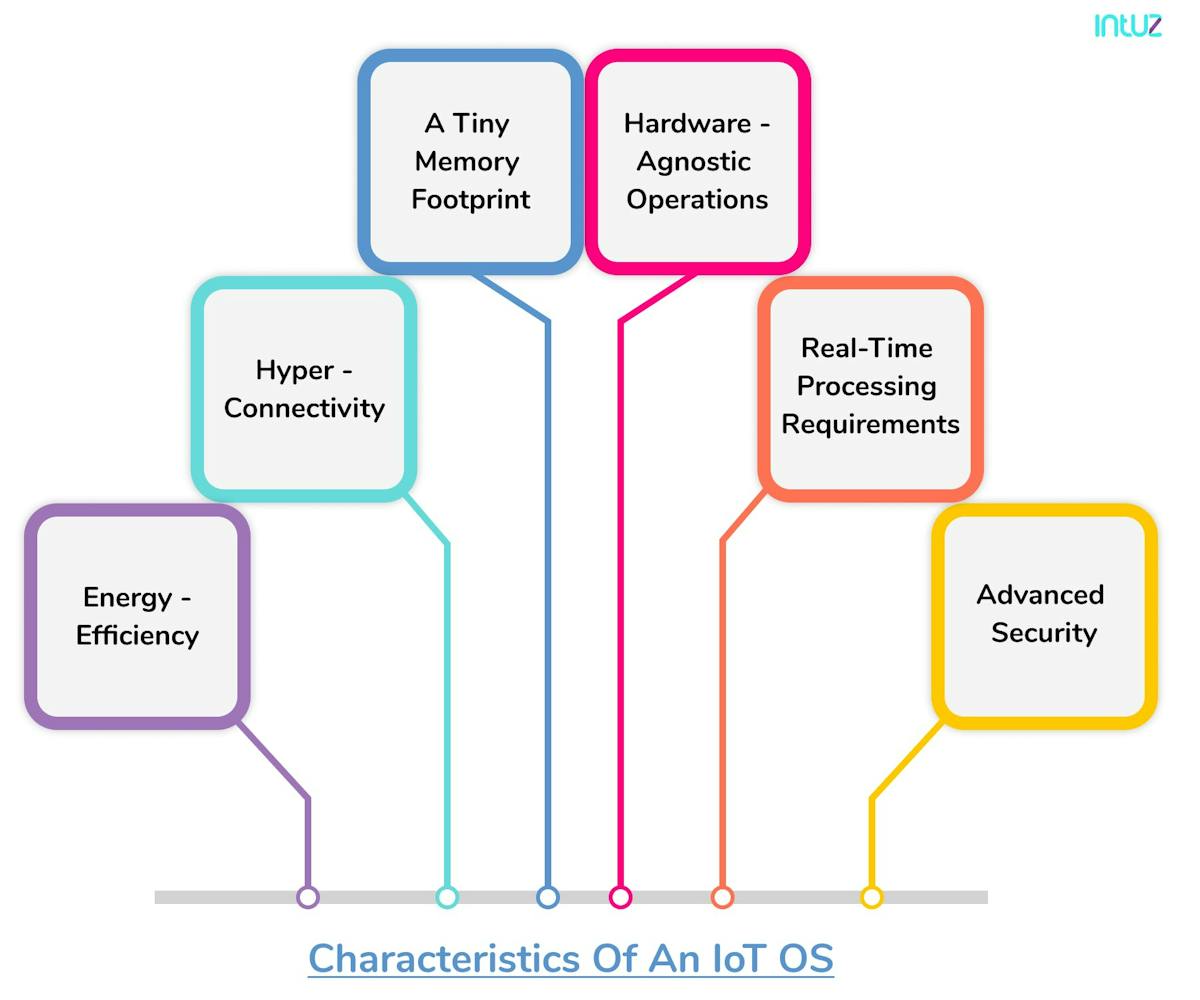
The critical characteristics of IoT operating systems are many but the following stand out:
1. Energy-efficiency
Imagine if an IoT app’s battery keeps dying because its OS eats up all the power. That would defeat the purpose of IoT.
2. Hyper-connectivity
IoT is nothing without connectivity. If the devices do not connect, then what is the point?
3. A tiny memory footprint
IoT devices do store some amount of data, but their main focus is to ensure continuous transmission between two or more devices. An OS should be able to guarantee that.
4. Hardware-agnostic operations
An OS should be compatible with all sorts of hardware solutions. Because just like software, the hardware also evolves, and the OS must be able to work with it at all times.
5. Real-time processing requirements
IoT apps process data on the go. If the OS cannot support it, the purpose is lost, and the application would not function the way it is supposed to.
6. Advanced security
One of the biggest concerns, perhaps, in IoT is data security. It is the responsibility of the operating system to ensure the information being transmitted stays protected at all times and across all devices.
Moving ahead, several factors need to be kept in mind while selecting a suitable IoT OS. Here is what the next section is all about.
Top 17 IoT operating systems for IoT devices in 2021 and beyond
1. Raspbian Pi
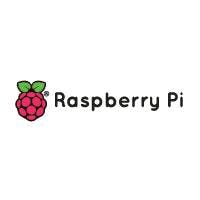
It is now known as Raspberry Pi OS. It is an operating system used by the popular Raspberry Pi IoT devices. Used extensively by Raspberry Pi line CPUs, the operating system comes with preinstalled IoT software like Wolfram Mathematica, Chromium, and Minecraft Pi Edition.
The user interface of Raspberry Pi OS is similar to Windows, macOS, and Ubuntu Linux, which makes it extremely useful for general, educational, and experimental purposes. The OS was initially developed independently by Mike Thompson and Peter Green.
Based on Debian, the OS offers two versions — the Raspbian Buster and the Raspbian Stretch. Raspbian uses a computer algebra program called “Mathematica” and a version of “Minecraft” along with a Unix compatible kernel.
There are certain substitutes or sub-branches of this operating system which are open-source, network-based educational solutions for educational institutions. You could use it to quickly set up and manage a classroom network with a Raspberry Pi.
Such operating systems consist of a graphical user interface (GUI) and a scripting language called Python. Schools, for instance, can easily create and manage profiles of students, teachers, parents, and other staff. They can quickly access projects, workspaces, and other data easily.
Using APIs, you can be allowed to install various applications on top of a Raspbian OS running on an x86 computer. PiNET, the now defunct OS, was also supported by a significantly less powerful Herretopia running on a MIPS chip.
The network-based classroom management system also offered a command-line interface (CLI) for providing ease of use. Operating on a PIXEL (short for Pi Improved Xwindows Environment) desktop environment, the Raspbian OS is actively modified to meet its rising demand.
The operating system comes with detailed documentation, a thriving global community, and online tutorials. You can choose accordingly.
2. Ubuntu Core
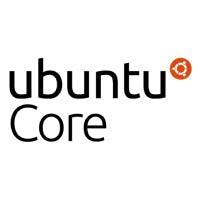
There is no doubt that this is among the most secure, robust, and lightweight distributions of Linux, making it one of the most popular ones. It provides you with a low-level framework of the Linux kernel along with a host of preinstalled tools that are incredible to use.
The OS runs comfortably on the Unity desktop environment, allowing it to perform efficiently on mobile devices or computers without any modifications. Being a foundation for IoT applications, it is equipped with tools to build, run, debug, test, and deploy applications.
The built-in web server software allows you to handle large traffic spikes efficiently. The developers also get an impressive collection of embedded Linux systems for learning with and deploying IoT solutions.
Ubuntu Core provides you with VoIP applications and protection against security threats. The OS runs on Cloud Computing platforms like Google Compute Engine, Amazon Elastic Compute, and Microsoft Azure. It also supports Single Board Computers.
You can access its training programs and community from the official website. Developers from all strata of life will find Ubuntu Core easy to use.
3. Ubuntu MATE
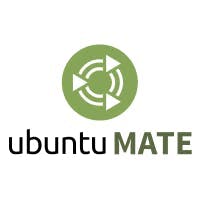
It is a complete operating system that provides the basic functionality for running high-quality IoT applications. Released in 2014, it includes the MATE 17.04 desktop environment, which provides a look and feels similar to that of Windows XP.
You can run multiple applications simultaneously and switch between themes with ease because Ubuntu MATE is open-source. You can also install third-party applications through the Ubuntu Software Center.
This distribution was designed from scratch with security and privacy in mind, making it different from most other Linux distributions. Ubuntu MATE provides an environment where the desktop can run more successful and more visually appealing applications.
The simplicity and ease of use of this OS make it the first choice Ubuntu platform. It effectively supports remote workstations such as LTSP and X2Go.
Because it is open-source, it offers robust community support wherein you can share your concerns or answer queries. There is also an official guide for first-time Ubuntu MATE users accessible from the website.
4. RISC OS OPEN and RISC OS Pi

These are operating systems designed especially for the ARM architecture. RISC stands for reduced instruction set computing. The OS is based on the Open Wi-Fi project and provides a simple graphical user interface to access applications.
It also supports embedded devices such as robotic systems and drones. The development of RISC OS started in 2012 under the name OpenBMC. A port of OpenEmbedded was added to it in the later years.
On the other hand, RISC OS is a free, open-source, and community-developed operating system. It runs effectively on custom hardware such as servers, network devices, smartphones, tablets, and computing video game consoles such as the Xbox.
The OS uses the ISA (Instruction Set Architecture) of microprocessors. RISC OS Pi comes pre-loaded with Geany IDE, Awesome Games Terminal, and plenty of other essentials for productive IoT uses.
Both operating systems have a single forum for addressing the needs and concerns of the developers. You might find the UI of the website a bit archaic, though.
5. FreeRTOS
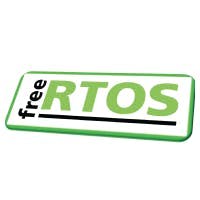
It is a real-time OS kernel for embedded devices ported to 35 microcontroller platforms. It is a free, community-built operating system for embedded systems based on Raspbian Linux.
The RISC (Reduced Instruction Set Computing) architecture acts as a replacement for the proprietary drivers used in most digital cameras or camcorder products.
In addition, it provides a hardware acceleration layer over standard Linux implementation to provide performance improvements in applications such as video streaming and real-time gaming.
The OS creates a desktop-like environment for developers with a graphical user interface (GUK), networking support, and various other features.
FreeRTOS has been designed to be as simple and as easy to use as possible while providing all the advanced features of a modern computer. The vision is to eventually offer all popular IoT devices with FreeRTOS or another free-like system.
The OS also offers feature stability with long-term support (LTS) releases, a massive advantage in the IoT ecosystem. It has a small community, accessible through the official website, along with a Twitter handle for faster management of concerns and queries.
Sensing as a service: facilitating access to the IoT
Know More Here6. ARM Mbed OS
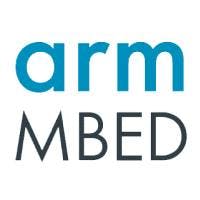
It has been developed to provide a simple, easy-to-get-started system for developers building IoT products. ARM Mbed OS provides an abstraction layer over several popular IoT platforms such as Arduino, Freescale i.MX6, and Marvell aviation processor.
It offers a user-friendly development environment powered by Node-RED that allows developers to build IoT applications. The operating system is an inexpensive SIM and Wi-Fi connectivity platform with plenty of potential for innovation.
This OS aims to provide an easy-to-use platform for developing connected products that include any combination of hardware and software compatible with the Arm® SoC (System on Chip), which, frankly speaking, makes the job of developers easier.
ARM Mbed OS provides them with an integrated, lightweight software platform that enables the creation of IoT devices. These devices can be equipped with varied functions such as video surveillance, object detection, or even hand-held computers.
Mbed OS provides the same set of functionalities as cloud computing platforms such as Amazon Web Services (AWS) and Microsoft Azure. It also keeps your code clean and portable.
The OS can be controlled using applications or even embedded on other hardware products. The Mbed development platform uses standard C programs as its input, and the typical tools currently available for developing low-level wireless communication protocols are also included.
Applications designed using this OS work simply, making it a desirable option for developers. They can be accessed by simply downloading the application and unzipping it, the necessary installation takes place automatically.
You can create IoT platforms intended to run on multiple platforms and finalize them with a similar set of instructions. Third-party applications can be developed with this OS using HTML5 and JavaScript.
Additionally, the framework also allows developers to use third-party open-source libraries. This makes it one of the most recommended platforms for developers looking to create IoT applications.
Those working on this OS can access their incredible resources, including detailed documentation and case studies, on the website. They also have a niche forum where you can contribute and get answers to your queries relatively easily.
7. OSMC

It stands for Open Source Media Center and is also commonly shortened to OSC or simply OSC. OSMC is free, community-built, and maintained, inspired by the Source TV project. Debian Linux and Kodi Media Center offer a different approach to free and paid streaming.
Media Center OSMC has been hand-crafted by a small group of people passionate about open source and Linux media servers. Streaming and managing audio and video content on PCs, Macs, and Linux computers is the primary purpose of this OS.
It can stream live or recorded content from local hard drives or network-attached storage (NAS) under the control of one or more users. The best option to experience OSMC is through its flagship device Vero 4K.
You can purchase a remote control, powered hub, Bluetooth dongle, and more from their online store. Whatever you buy will support the continued development of the OS. If you get stuck, there is a valuable Wiki section on their website, which is touted as the go-to hub for all things OSMC. It is community-managed.
8. Contiki

It was invented in 2002 as an open-source IoT operating system based on the C language. Contiki supports the adequate performance of low-power microcontrollers and other IoT devices, making it a fantastic choice for developers to build an IoT app.
Such apps use Contiki to run effectively with the help of Internet protocol IPv6 and IPv4. It is popular as an IoT OS suitable for low-powered internet connectivity. Contiki has multitasking capability coupled with a built-in internet protocol suite to support wireless standard CoAP, 6lowpan, RPL.
This particular functionality makes it suitable for use in both commercial and non-commercial purposes. The operating system runs comfortably on 10 KB of RAM and 30 KB of ROM. Each IoT product is run on a simulator called Cooja for testing before deployment.
Modeled using Protothread memory-efficient programming. Hardware platforms such as TI MSP430x, Atmel AVR, Atmel Atmega128rfa1 are ideal for managing the OS. Feel free to check out the code on GitHub, engage with the community on Gitter or catch up with the latest updates about Contiki on Twitter.
9. Tizen
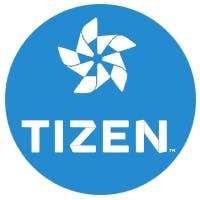
It is an open and flexible OS built to address the needs of the connected device ecosystem. It addresses the needs of all stakeholders, including mobile operators, device manufacturers, application developers, and ISVs.
Tizen is a Linux-based free operating system for mobile and connected devices, and it comes in versions for vehicles, smartphones, tablets, TVs, and wearables. The OS offers a fast and secure user interface to allow applications to be developed that run directly on top of the hardware without requiring any modification or installation of custom ROMs.
Also, Tizen provides a platform enabling the application developers to develop applications quickly. It offers non-volatile storage (NAND) and read-write capabilities for applications stored on non-volatile storage devices (e.g., eMMC 5.0 flash memory cards).
The processor architectures supported by Tizen are Exynos 5410 or 5420 processors, as well as Mali G52 or CuDA M1 graphics processing units (GPU). The Tizen community is invariably made up of people who collectively work on the OS.
From product contributors and app developers to vendors and companies — all can be present on the online forum, discussing all things Tizen.
10. eLinux OS
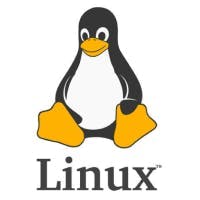
It is easy to install and runs seamlessly on embedded devices. Linus Torvalds developed the operating system to load balance for the ARMv7 CPU architecture. It offers a very intuitive user interface and provides a fully functional multiprocessor system.
The main focus of the project is to provide a cutting-edge platform for developers. You can use it to build applications for embedded systems running the Linux operating system.
These applications are apt for IoT devices as they run fast and are ready to be used with minimal configuration. It has been designed to be combined with other software such as PHPMyAdmin.
The most important thing is that it runs seamlessly on different platforms like Raspbian, Xubuntu, and Ubuntu Lucid.
The entire site is built on Wiki. It shares the Community links on the site and shares the details of the eLinux experts on another web page, which can be accessed from the Wiki site itself.
Besides, you can find names of board and chip vendors and processors in case you want to contact some while working on an IoT project.
11. TinyOS
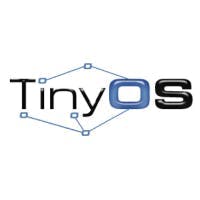
It is a free and open-source BSD-licensed OS designed for low-power wireless devices. It is developed by the OpenWrt project and supported by numerous companies, universities, and research institutions worldwide.
It provides excellent support for networking and consumes low-power for IoT operations. Using a modified version of the Linux kernel, the OS can be made to run on any processor architecture, including x86, x86-64, and ARM.
Since version 0.9, TinyOS has incorporated support for multiple wireless bands and standards and applications running on top of those protocols. The OS is integrated with a toolchain for the installation and configuration of applications.
TinyOS supports network technologies such as WAP, AP, and BRI and software-defined networking (SD-WAN) and software-based mobile networks. It includes an embedded BLE library for the Bluetooth 4.2 wireless radio technology.
The OS transitioned to hosting at GitHub in 2013. One can refer to the FAQs, documentation, and community support on GitHub itself.
12. Windows 10 IoT

It is pretty clear from the name that Windows 10 IoT is a member of the Microsoft community. It runs the Metamask Ethereum Wallet, which allows users to interact with their Windows 10 IoT devices using Ethereum, among other blockchains.
This operating system is very similar to Ubuntu Linux, providing an easy-to-use base for creating and running IoT devices. When you install it on your device, it automatically downloads and installs all the necessary drivers and programs for your device.
You can use it to create a network of connected devices that can work together to provide services when needed or as a standalone operating system for IoT applications. The latest Windows 10 IoT Core improves upon Windows 10.
It provides users with more options related to personalization and cloud integration. It runs smoothly on various devices and works seamlessly to create your own customized IoT device. As of today, 10,000+ Windows IoT partners belong to the Edge and Azure Cloud.
Because the operating system belongs to Microsoft, there is no shortage of support. One can refer to their MVP program, spend time on the Microsoft tech community, or even hit up the Microsoft IoT developers looking for help.
They have a solid resource bank for downloading any guide or document you need to in order to work on Windows 10 IoT OS.
13. LibreELEC
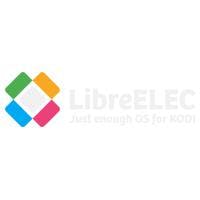
This project was started as an open-source project to help users build a more effortless, more enjoyable experience with their Kodi (XBMC) media center system. The free operating system (OS) is easy to use. It offers a simple interface that allows you to navigate through settings in a few clicks.
It offers content from sources such as YouTube, Twitch, Netflix, Sky Box, Hungama, and Maghi. In addition to these content providers, it also covers video transmission from sources like Dropbox, Google Drive, and so on.
The OS works as a full-featured HTPC solution offering a secure experience with their media content. It provides an easy way to test plugins and customized versions of Kodi. It offers plenty of settings and ways for users to get the most out of their hard drive space.
The LibreELEC team comprises many individual and community contributors who do not have any direct affiliation with the software but actively support and collaborate with the in-house team for specific projects. One can access the documentation on their official website.
14. OpenWrt
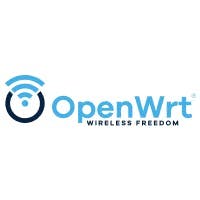
It is a free and open-source (GPLv3) operating system based on the Linux operating system and designed for quick installation and easy usage. OpenWrt is a complete wireless networking solution for devices that support the 802.11n standard.
The operating system is developed by an international community of developers and designers based in Germany. It offers a stable and reliable platform to build the most advanced embedded systems, which is why OpenWrt is the obvious choice for many IoT app developers.
The main advantage of OpenWrt over other platforms is that it has standard hardware support. In addition to offering a simple-to-use interface, it gives access to a powerful cross-platform application stack as well.
OpenWrt routers are open and customizable, encouraging developers to add additional hardware components for wireless and wired networking.
Unlike proprietary operating systems, OpenWrt does not require users to restore their computers to factory settings before using them after scaling their networks. From user manuals and developer guides to FAQs and open forums, there is no shortage of helpful material for developers who need some help building their IoT projects.
15. RIOT OS
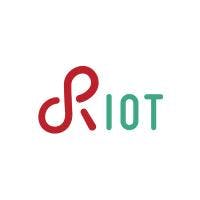
It is a free, open-source IoT operating system backed by a supportive development community. Released under an unclonable GNU Lesser General Public License, the operating system is built to offer IoT services.
Often referred to as the Linux of the IoT world, the community receives contributions from programmers, academicians, and hobbyists. Built upon microkernel architecture with C, C++ language, RIOT offers low power use capabilities.
Running on 8-bit, 16-bit, and 32-bit processors, the OS supports full multithreading and SSL/TLS libraries such as wolfSSL. Supporting single board computers in addition to IoT devices, RIOT is equipped with a port that allows it to run as Linux or macOS processes.
Other features include partial POSIX compliance, content-centric networking, and network protocols such as TCP, UDP, and CoAp. The OS renders connectivity, security, durability, and privacy to IoT devices and microcontroller architectures.
Developers have all the flexibility in the world to program RIOT however they like. For instance, they can do standard programming in C and C++ and use tools like gdb, Valgrind, and GCC. Benefit from POSIX APIs and use the native port or install an embedded device when running.
RIOT is probably the only operating system with an elaborate community across multiple channels, including Discourse, YouTube, Mastodon, Hackster.io, Twitter, and GitHub.
16. Micropython
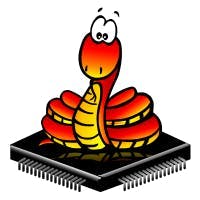
It is an open-source reimplementation of the Python3 programming language. The Pyboard (a Python product) is very compact, with only 256k of code space and 16k RAM. It focuses on microcontrollers when you build compact electronic circuit boards for IoT projects.
These bare-metal boards give you the capability to control all kinds of electronic projects and are compatible with normal Python as well. The operating system also gives you the option to transfer code from your desktop to the microcontroller quickly.
The language is more beneficial for new developers developing robust applications for industrial use. You can leverage standard Python to develop and implement actual project code rapidly.
MicroPython provides you with the ability to prototype code to be run on an actual device quickly. You can also leverage Micropython extensively with low-level C/C++ functions. They have a reasonably active forum for developers to post queries and responses.
17. Embedded Linux
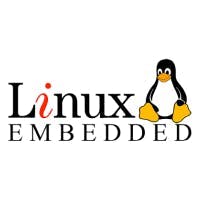
This is basically an umbrella term to define the next generation of free and open-source operating systems. Embedded Linux provides an environment that helps developers build custom devices with higher functionality and lower cost.
It expands the possibilities of building applications using programming languages such as C and Java. These applications run seamlessly within the confines of the embedded system without any need for explicit coordination with external servers or devices.
Embedded Linux is simple to configure and offers accessible programming interfaces. Its purpose is to be an enhanced and expanded Reiser4 Linux distribution for IoT devices.
An enhanced version of the Linux Kernel and an embedded graphics stack are being used by the operating system, resulting in agility.
The distribution comes preloaded with many applications, such as the MariaDB database and its integrated web browser. It comes with more than 70 different multimedia plugins and support for numerous IoT sensors.
The OS can be used in machine-to-machine communications, industrial automation, automotive systems, medical, military, and aerospace environments — you name it.
Operating systems like OpenWrt, OpenEmbedded, and Buildroot fall under Embedded Linux. Their niche communities can be accessed via their websites — depending on what you choose to build your IoT project.
IoT Device Management: Importance, Challenges, Solutions
Access the GuideParameters for selecting the most suitable IoT OS
Of course, the choices are too many, and it can get pretty overwhelming for you to decide the right one based on your business requirements.
Sure, we discussed 17 excellent operating systems in the market. But if you want to circle on one, be sure to consider the following parameters:
Scalability:
The operating system must be scalable for any type of device. That means both integrators and developers need to be familiar with the operating system when it comes to gateways and nodes.
Footprint:
Since the devices will always come with a bag of constraints, it is essential to choose an operating system with low power, processing, and memory requirements. The overheads incurred by you should be minimal at the end of the day.
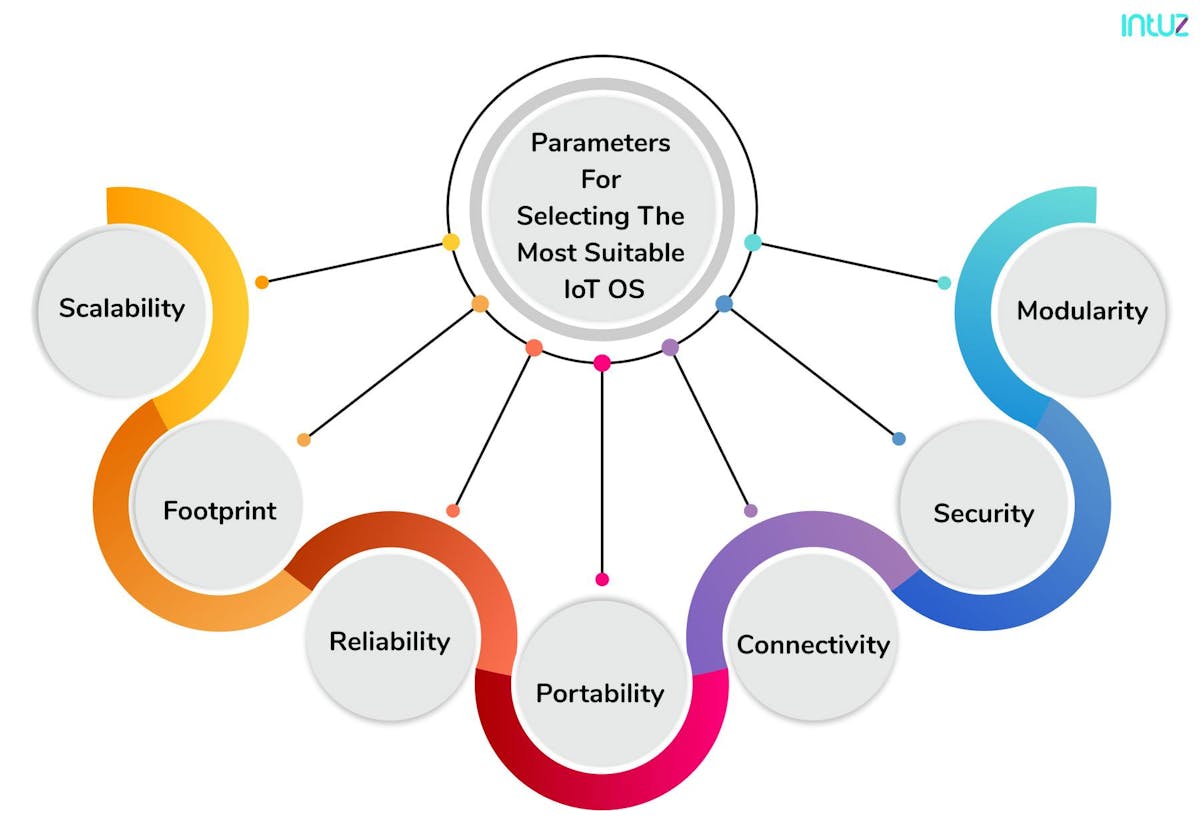
Reliability:
This is a critical factor to note for mission-critical systems. For instance, Industrial IoT devices are at remote locations and have to work for years without hampering business continuity. Your operating system should be able to fulfill specific certifications for IoT apps.
Portability:
Operating systems isolate apps from the specifics of the hardware, hence leading to greater portability. Usually, an OS is ported to different interface and hardware platforms to the board support package (BSP) in a standardized format, such as POSIX calls.
Connectivity:
This one is obvious, but your operating system should support connectivity protocols such as WiFi, IEEE, Ethernet, and so on. There is no point in IoT apps if they cannot connect without any hassle.
Security:
The operating system of your choice should be safe and secure to use, allowing you to add on some aspects in the form of SSL support, secure boot, components, and encryption drivers.
Modularity:
Every operating system must mandatorily have a kernel core. All other functionalities can be included as add-ons if so required by the IoT app you are building.
Over to you
Without a doubt, IoT operating systems give us a platform to quickly check IoT apps' functionality. The IoT OS options mentioned above will provide you with a clear idea regarding the technology and how you can leverage it for your IoT platform.
Would you mind doing your proper research and picking an OS that stands the test of time and ultimately helps you scale your IoT app as the demand increases? If you need external support or expert advice, you can always count on our knowledgeable IoT app developers.
Intuz has worked on many IoT projects for different businesses and various industry niches in the past and can help you take your IoT vision in the right direction. So, what are you waiting for? Please book your free consultation by filling this simple form for our team to contact you.



